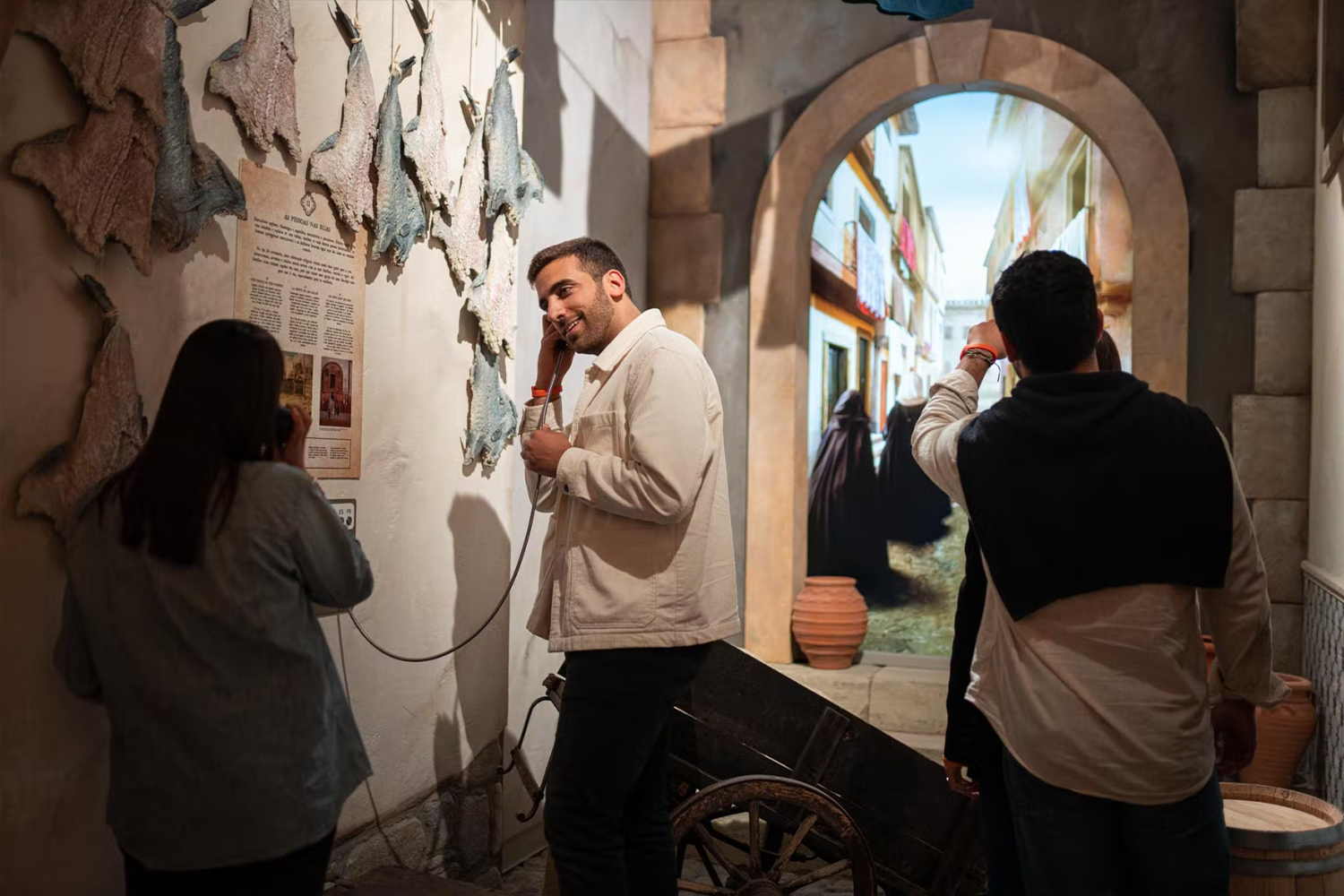Passion propels us and helps us to dream big – but too much of it from too many people in the experience design process can be counterproductive.
Just as too many cooks spoil the broth, too many opinionated collaborators in the experience production process can, at best, complicate things, and at worst, threaten to derail the whole endeavour and stop it from getting off the ground.
Luckily for us, French-American themed experience expert Cynthia Vergon joined us from Rio de Janeiro for Campfires 63 and 64 to share her insights into how to create a successful experience when dealing with multiple layers of input from people in different fields of expertise.
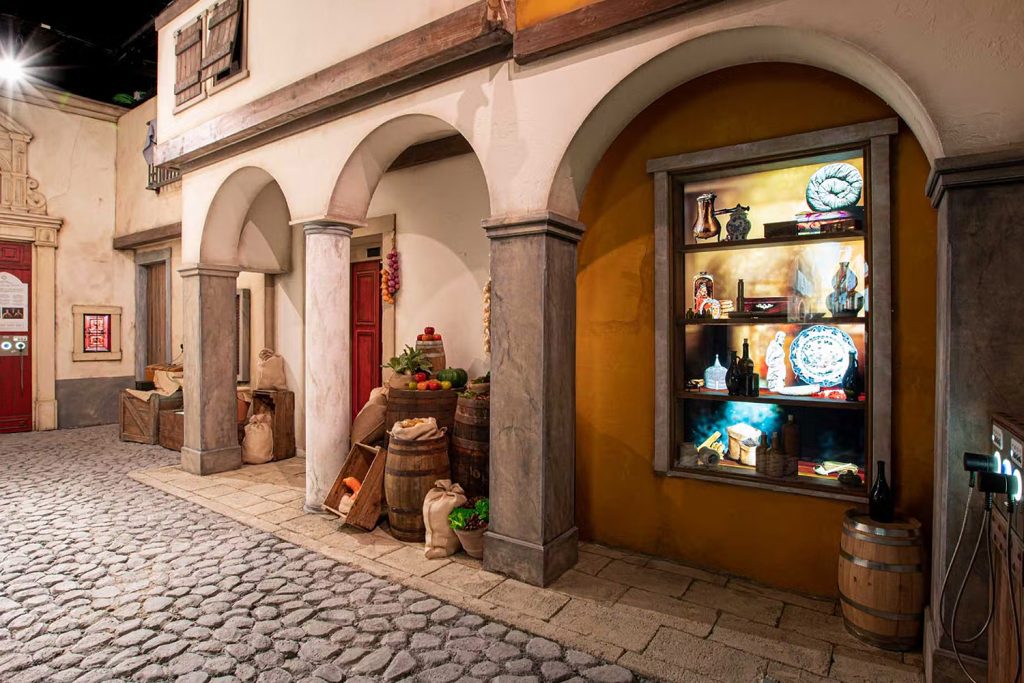
Vergon was commissioned by experience design firm Jora Vision for their project designing and building Quake, which is currently running at the Lisbon Earthquake Centre. Quake is a 90-minute immersive experience across 10 themed rooms that allows visitors to see, feel and understand the effects of the devastating Lisbon earthquake of 1755 using a blend of narrative, cutting-edge tech and an earthquake simulator. A collaborative experience, Quake invites the audience to play a role in the unfolding of events.
Vergon revealed that she was hired as a content editor very late in the production process, but that her role shape-shifted over time. Faced with 60 files filled with over 400 hours of historic and scientific reading material, she had the mammoth task of trying to distil all the information and turn it into an accessible and engaging story for visitors.
“I had to essentially be a mother bird that regurgitates food into the baby bird’s mouth. I spent a long time turning vast amounts of information into bite-sized edible pieces.“
Cynthia Vergon
In juggling the differing desires of the Lisbon Earthquake Centre, Jora Vision, scientists, historians, translators and proof readers, she learnt a lot of lessons, which we’ve rounded up into the 10 golden rules of experience design from an expectation management point of view.
1. Do A Goldilocks: Find The Content Sweet Spot

Having been inundated with information on the 1755 quake, all of which the experts deemed relevant, Vergon was tasked with separating the wheat from the chaff and delivering the right level of information to her multi-generational audience.
“When designing an experience you need to find the sweet spot where you give just the right amount of information – not too little and not too much – so that you’re engaging but not overwhelming or underwhelming your audience.“
Cynthia Vergon
Sebastião José de Carvalho e Melo, the Marquis de Pombal, a Portuguese statesman and diplomat who ruled the Portuguese Empire from 1750 to 1777 as chief minister to King Joseph I, was a central figure within the experience. A liberal reformer who modernised Portugal’s economic, and ecclesiastical institutions, the Marquis is a divisive figure in Portuguese history and had to be handled delicately by Vergon.
“Some people see him as a hero and some as a despot, so we had to find the right balance between fact and fabulation to tell the right story in the right way so that everyone would agree on it.“
Cynthia Vergon
2. Root Out The Essential Message
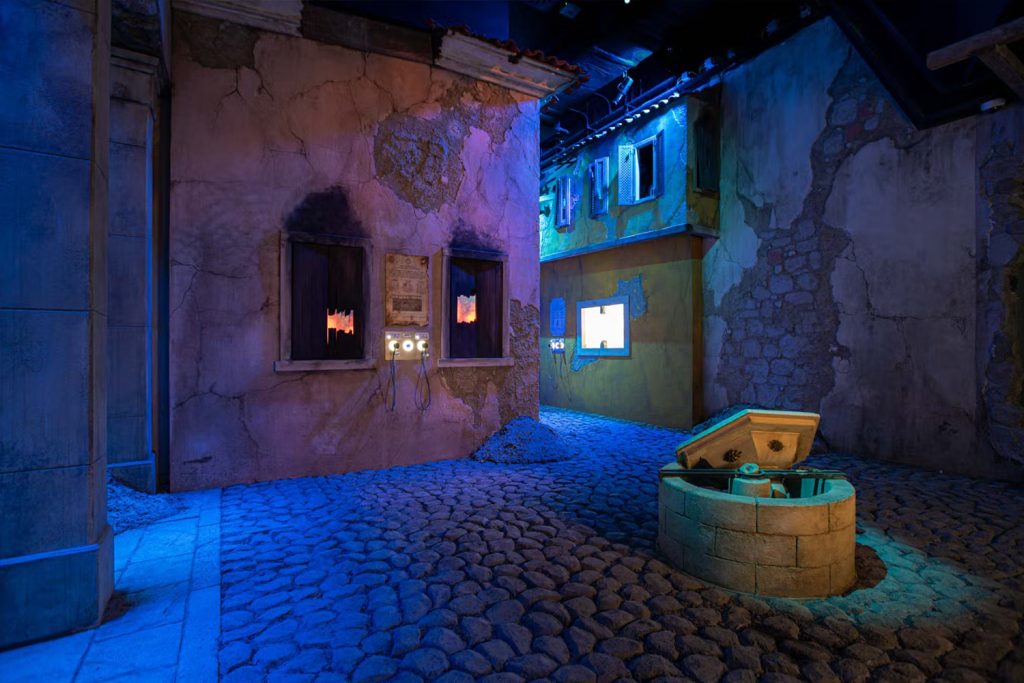
With 60 files of historic and scientific information to sift through, Vergon quickly realised that the vast majority would have to be left on the cutting room floor – much to the chagrin of the scientists and historians, who weren’t always able to distinguish between the most relevant nuggets of information and the less important facts.
To tackle the problem, Vergon asked each of her collaborators for the one key piece of information they wanted visitors to walk away with and promised to include it within the experience. As the rooms are timed and guests aren’t able to take in all of the information, the key takeaways from the experience were repeated several times in different ways throughout the rooms to ensure that each visitor would hit on the essential info at least once during their journey.
“The scientists wanted the experience to have so much content and it was hard for me to distil the key information. The answer lay in extracting the essence of what they wanted to convey.“
Cynthia Vergon
3. Make It Engaging For Both Seven And 70-Year-Olds

One of the many challenges facing the experience designer is how to create an experience that is engaging to a wide audience, and will satisfy all knowledge levels and attention spans.
This is particularly true when working on experiences involving vast volumes of historic and scientific information. With attention spans becoming ever shorter, overloading your audience with too much information is a risky strategy that could lead to boredom and disengagement.
“Experts aren’t the best storytellers. I had to take all this super technical information and create a fun and engaging story that had a common thread and tone, and was interesting for both a seven-year-old and their 77-year-old grandfather.
Cynthia Vergon
One way Vergon helped make the information more bite-sized for children was by turning the technical jargon into fun content. She created a ‘did you know’ section in each room of quirky quickfire facts, such as: tectonic plates move at about the same speed as our nails grow – 4-5cm per year.
4. Give Everyone A Piece Of The Cake
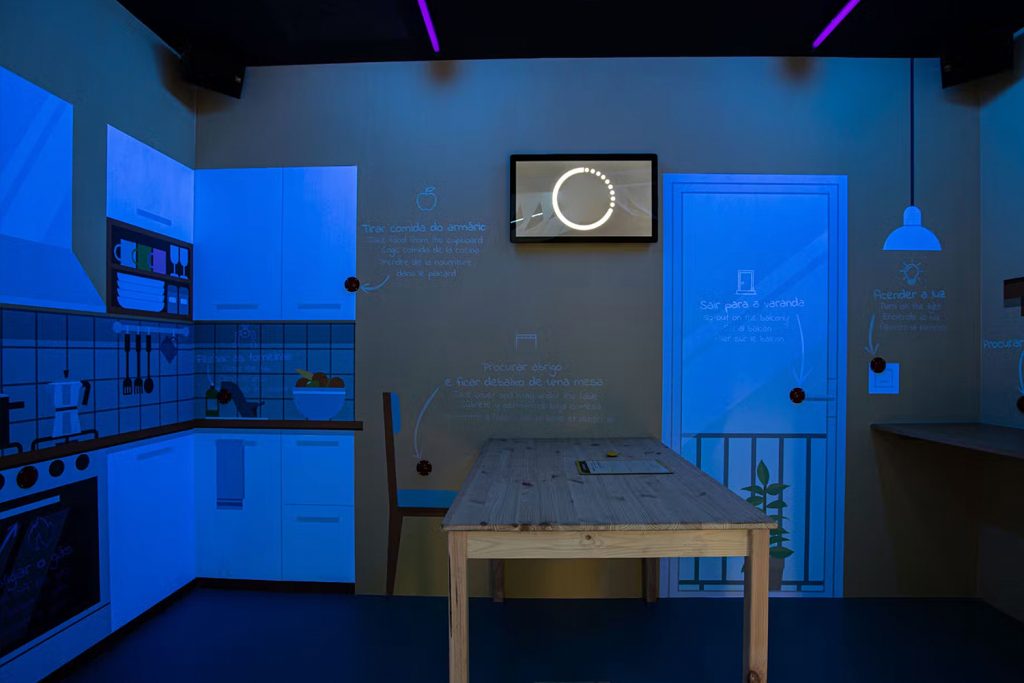
Archaeologist and personal development coach Jane Nielsen warned of the perils of giving experts too much time to work on a project, as they will keep adding to what’s there with scant regard for deadlines.
However, as maddening as it can be, Nielsen advocated for an inclusive approach that allows everyone within the production team to feel heard and included.
“Stakeholders are so passionate and they all want a say. They’re coming from different places in the hierarchy, and you have to allow them all a piece of the cake. The tricky bit is to not compromise the main story, which can be hard sometimes, as passionate people want perfection.“
Jane Nielsen
5. Never Let The Light Go Out
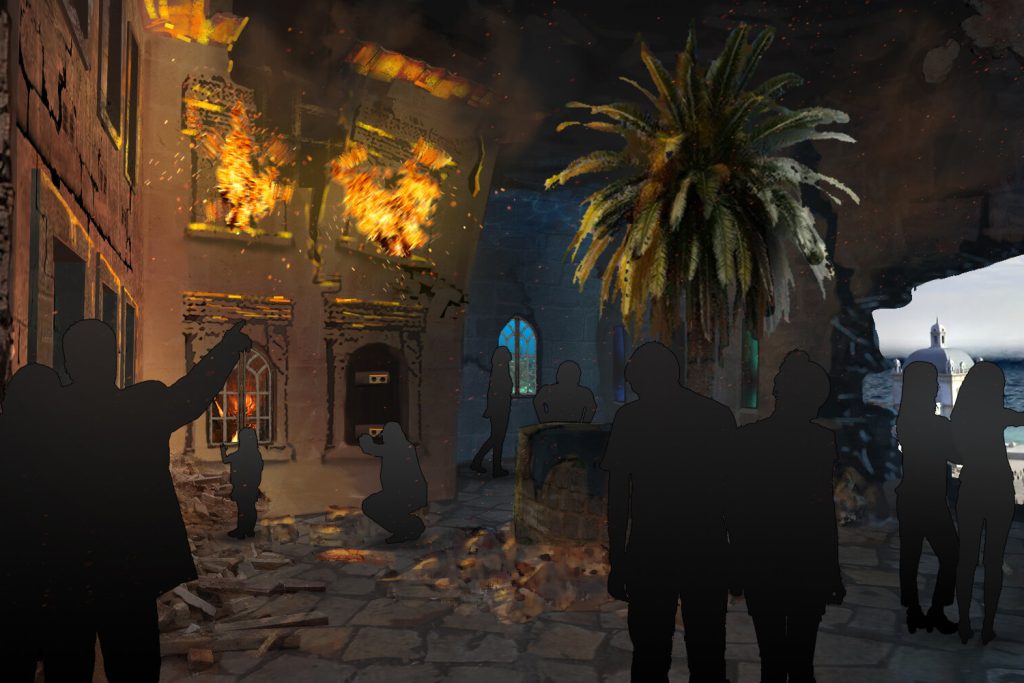
While it’s important to give everyone their say within the design process, Nielsen also stressed the importance of “never letting the light go out” and always seeing the bigger picture during the creative process.
WXO CEO James Wallman agreed, highlighting that something even bigger and better can be created when everyone chips in, and that there’s never only one right way of doing things.
“When talking of a mountain in Australia, psychiatrist Iain McGilchrist said it was neutrons to a physicist, a hill formed of moving tectonic plates to a geographer and something with a spirit to the aborigines. All of them are right, so we can tell our collaborators that their story is great, but it’s not the only answer, but rather, part of the bigger answer.“
James Wallman
6. Recognise When It’s Time To Let Go
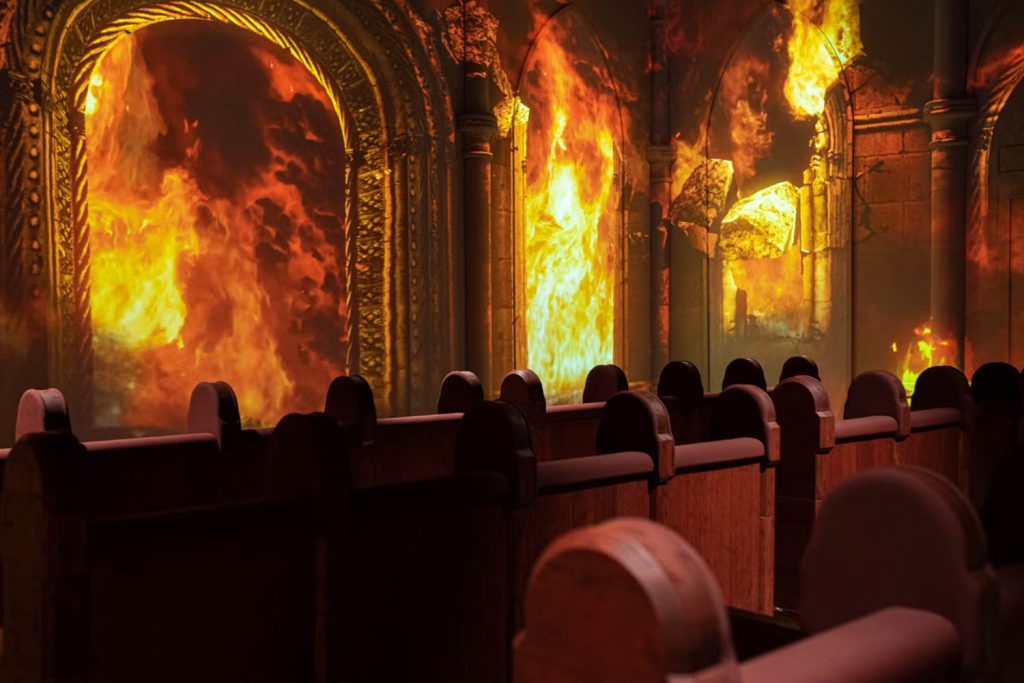
Killing your darlings isn’t just for novelists. As experience designers there always comes a moment within the process when you have to accept that it’s time to let go of what you’ve done and put it out there for others to enjoy. Perfection isn’t possible, no matter how much we might desire it. Working with numerous collaborators can make completing a project all the more complicated as it requires multiple levels of letting go.
Vergon said that during the experience design process, each of her collaborators had to let go of something in order for the project to move forward. She hit a wall towards the end of the project when she was receiving around 10 messages a day from translators agonising over the most minute of details.
“There comes a point where you have to close the matter and move ahead. Stop trying to make it perfect, it never will be.“
Cynthia Vergon
Having urged the translators to make peace with the fact that perfection was unattainable, Vergon had some letting go of her own to do when the budget ran out and her work on the project came to an end.
“I didn’t see the final PDFs before they went to print and don’t know what was written on the panels. I’m faced with the fact that my baby has a life of its own. Through the whole process I really learned how to let go and move ahead.”
Cynthia Vergon
7. Become A Master Of Expectation Management
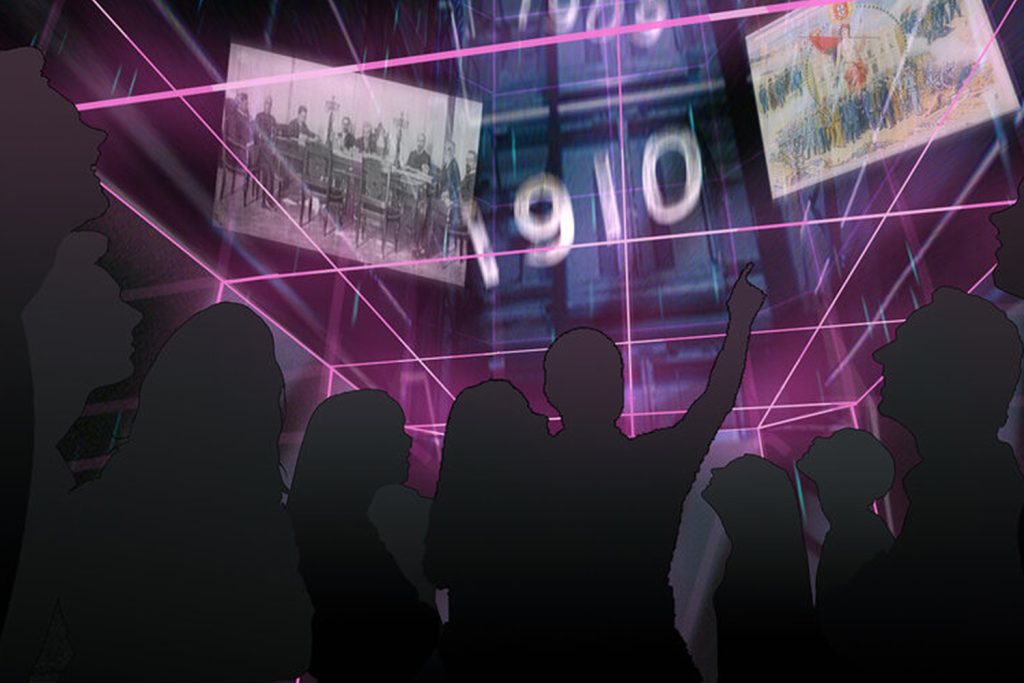
A vital tool within the experience designer’s armoury is learning to master the art of expectation management, which is something Vergon had to learn pretty speedily while working on Quake. “There was a lot of passion and enthusiasm in this project from every single stakeholder; it was everyone’s baby,” she said.
“Our Portuguese client was burdened with the weight of getting the story right, the scientists wanted the experience to have a lot of content, and Jora Vision wanted to design an award-winning experience, so finding the balance was tricky.“
Cynthia Vergon
Digital innovator Jess Ryan compared the role of the experience designer to that of a showrunner on a TV programme who has overall creative control and connects everything together to get it off the ground. The WXO’s newest member, creative travel expert Rajeev Kohli, meanwhile, spoke of the challenges of cross-cultural expectation management. He’s currently organising a dinner for 2,000 people in India for a European bank, where half the clientele will be European and the other half Indian.
“It’s hard to manage expectations and create something that works for both cultures. You have to understand the minimum expectations and find the middle ground and the right balance that works for you.“
Rajeev Kohli
8. Balance Consistency And Creativity
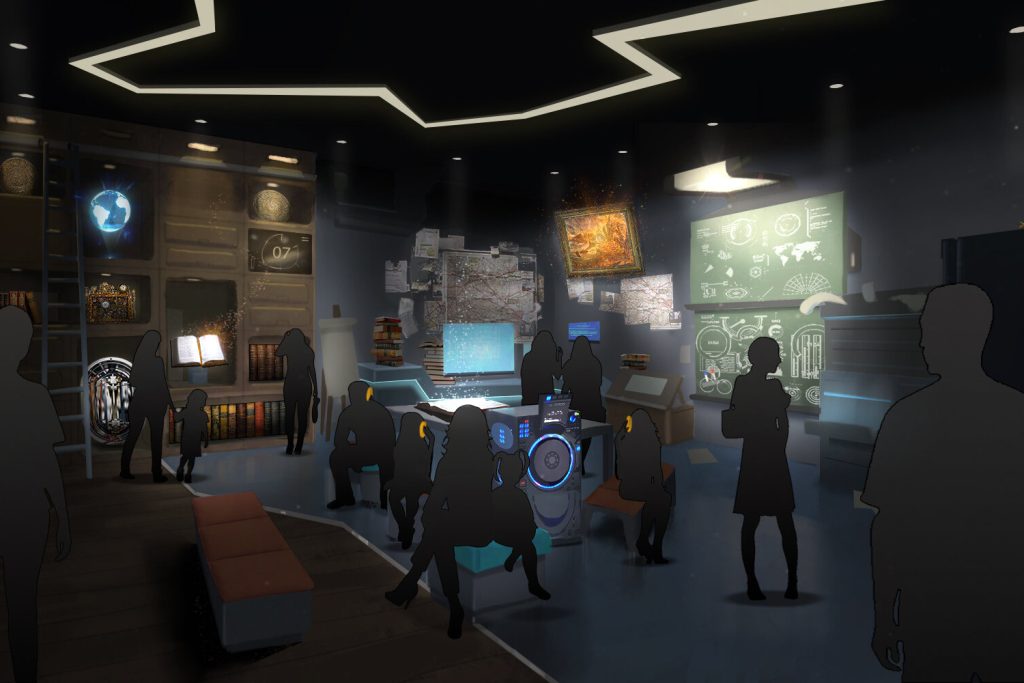
As experience designers, compelling storytelling is paramount, though this can get lost when multiple collaborators insist upon certain less than thrilling elements being included within the experience.
Vergon got around the problem of the same message – how to prepare yourself for an earthquake – having to be reiterated multiple times throughout the Quake experience by presenting the information differently each time.
“I made a point to say the message differently each time, offering a fresh angle on the same topic, just in case someone ran into the information twice.“
Cynthia Vergon
There are multiple ways of telling the same story, which can be dumbed down for younger audiences, or dialled up for experts keen to geek out. There’s something to be said for the broken-record method of hammering home a message repeatedly in order for it to stick in people’s minds long after they leave an experience, but making sure you present repetitive information in a novel way is key if you don’t want to risk boring or talking down to your audience.
9. Create Layers For Those Keen To Delve Deeper
While it’s important not to overload visitors with facts and figures, there will always be some members of your audience who are keen to do a deep dive into the subject. So how do you strike the right balance?
Vergon got around the problem via electronic bracelets that guests are given at the start, which, if they tap on the various QR codes throughout the experience, send them additional information via email.
Experts struggle to explain complex concepts in simple terms, so a lot of time and effort goes into what ends up being a very small feature within an experience. Jane Nielsen believes this expert content needn’t go to waste, but should be siphoned off into other avenues rather than taking up too much space within the main experience.
“Let the experts do webinars for the super geeks. Their findings can feature on the event website. Let them feel they’ve added more content to the overall experience via other platforms. Museums like objects but the digital realm gives you more room to be experimental.“
Jane Nielsen
10. Always Leave Your Audience Wanting More
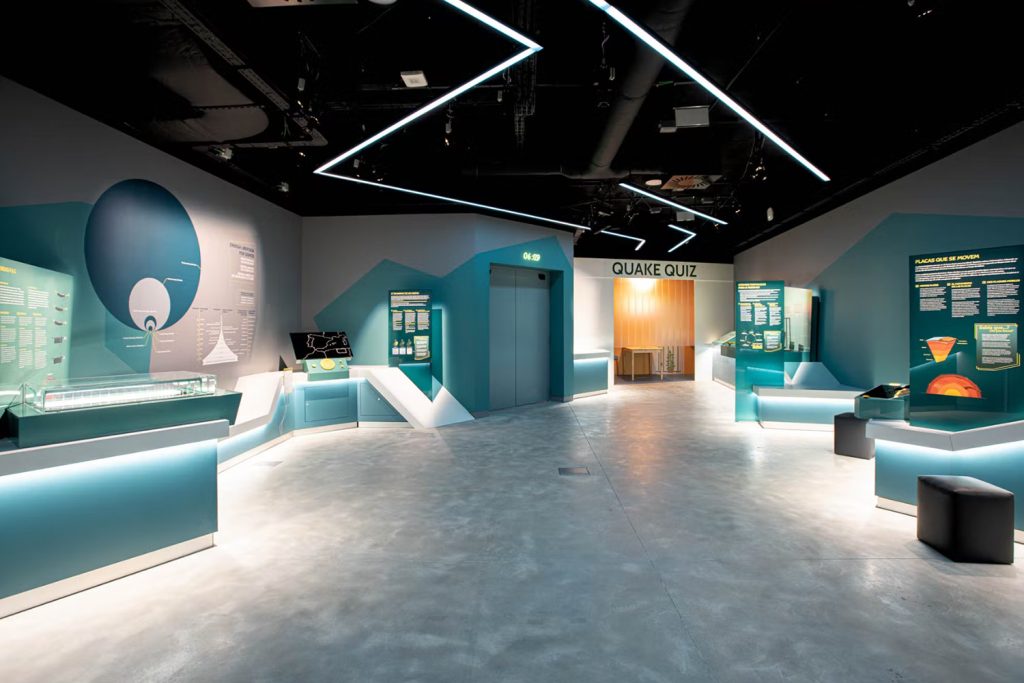
It’s wise not to give everything away too soon when you’re designing an experience – that way you leave your audience wanting more. Vergon believes giving guests a limited amount of time in each room was a clever way of keeping them engaged and encouraging repeat visits. It also proved an effective way of getting a certain number of visitors through the door each day.
“Timed rooms are a great way to create repeat visits for the local public, as it makes people want to come back to see the exhibits that they didn’t get to interact with the first time around.“
Cynthia Vergon
The need to leave your guests wanting more stretches to content – if you bombard them with too much text-heavy information, they become overwhelmed and unable to assimilate it. Hitting the content sweet spot with just the right amount of information is the Holy Grail.
The WXO Take-Out
While managing large groups of passionate people during the experience design process can be challenging, we should allow those passions to burn brightly, as it’s this very energy that will keep your audience engaged and enthralled.
Before a project begins in earnest, it’s important for all of the cogs within the wheel of the experience to have realistic expectations about what is achievable within the given timeframe, and how much of their input can be taken onboard.
So next time you’re designing an experience, ask yourself:
- Have I found the content sweet spot for my audience?
- Has the essential message of the story been conveyed?
- Have I created an engaging experience for all ages?
- Has everyone in the creative process been given a say?
- Have I struck the right balance between creativity and consistency?
- Does my experience leave the audience wanting more?
Want to be part of the most inspiring experience conversations in the world? Apply to become a member of the World Experience Organization here – to come to Campfires, become a better experience designer, and be listed in the WXO Black Book.

